How do I use PhET simulations in my physics class?
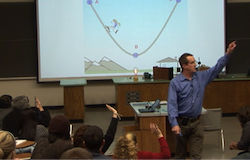
PhET provides fun, free, interactive, research-based science and mathematics simulations. We extensively test and evaluate each simulation to ensure educational effectiveness (Perkins et al. 2012; Adams et al. 2008a; Adams et al. 2008b; Podolefsky, Perkins, and Adams 2010; Wieman, Adams, and Perkins 2008). These tests include student interviews and observation of simulation use in classrooms. The simulations are written in Java, Flash or HTML5, and can be run online or downloaded to your computer. All simulations are open source and are free to all students and teachers. You can find out more about PhET at our website, or at the PhysPort PhET page. Click here to see all Expert Recommendations on the use of PhET.
Why use PhET simulations?
PhET simulations offer animated, interactive, and game-like environments which enable scientist-like exploration. They emphasize the connections between real life phenomena and the underlying science, make the invisible visible (e.g. atoms, molecules, electrons, photons), and include the visual models that experts use to aid their thinking, all of which support student learning and inquiry. And they’re fun!
But what makes PhET simulations particularly useful for learning science and math?
- Pedagogically useful actions:
- You can change the speed or pause the simulation to focus on important features.
- You can more easily adjust the simulation than real equipment.
- You can show the effects of changes that would be impossible in real life, such as increasing the force of gravity.
- Multiple representations:
- You can see things that would be invisible in real life – like atoms, electrons, molecules, or vectors – to help understand the underlying causes behind an experimental observation.
- You can view multiple representations within the same simulation – such as graphs, measurements, or images – and these representations change as the simulation changes to help relate different variables and views.
- Dynamic feedback: You get immediate visual feedback from every action in the simulation.
- Intuitive interface: The simulations are simple and easy to use, allowing a focus on conceptual understanding. You can also focus attention on key features highlighted by the sim, and introduce new variables one at a time, rather than being distracted or overwhelmed by the environmental noise and competing factors present in live demonstrations and experiments.
- Real world connections: Where possible, simulations connect science to everyday life.
- Challenges and games: PhET simulations are designed to be engaging and fun, sparking exploration.
- Implicit scaffolding: PhET simulations are carefully designed to provide implicit guidance, so that students follow productive paths of exploration, without feeling guided. This is accomplished through careful choice of simulation scope, location of objects, interactivity, feedback, and sequencing of concepts through screens.
References for this section: Adams et al. 2008a; Adams et al. 2008b; Podolefsky, Moore, and Perkins 2014; Podolefsky, Perkins, and Adams 2010; Perkins et al. 2012; Podolefsky et al. 2010; Moore et al. 2014; Smetana and Bell 2011; Rutten, van Joolingen, and van der Veen 2012
How can I use PhET simulations in my undergraduate physics courses?
PhET simulations can be used in a variety of ways, including as part of (i) lectures, (ii) student group or individual worksheets (in class or recitation), (iii) homework assignments, or (iv) labs. As with any teaching tool, simulations are just one piece of a well-designed curriculum. PhET simulations are particularly effective to help students make sense of scientific concepts, make sense of real-world experiences, and engage in scientific inquiry (Wieman et al. 2010). A common way to include inquiry in use of the PhET simulations is by asking students to predict what will happen next.
PhET simulations can be integrated throughout a course. Our "Integrating PhET in Undergraduate Physics" tipsheet provides outlines for which simulations are used in several of our courses. One detailed example of how PhET may be paired with other activities as part of a unit (the photoelectric effect) can be found here. You can also browse sample activities, homework, clicker questions, and more at our activity database.
Using PhET simulations in lecture demonstrations
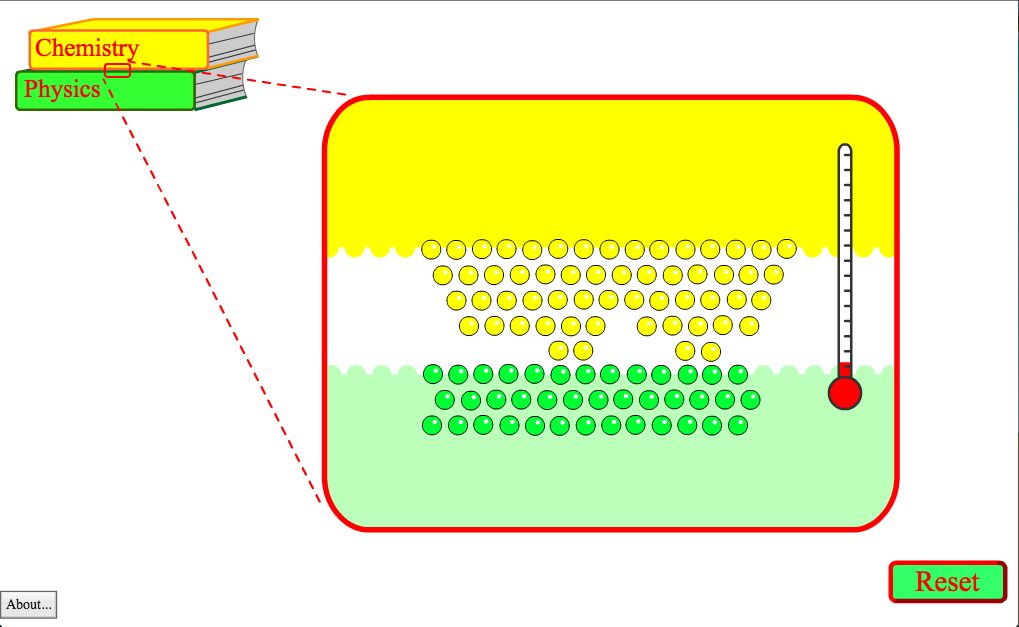
PhET simulations are effective for use with instructor-led lecture demonstrations (Moore et al. 2014), though such demonstrations are best supported by student interactions (Crouch et al. 2004; Sokoloff and Thornton 1997). With the PhET simulation projected on-screen, every student can follow along with this shared visual, which then helps students and teachers communicate ideas with each other. You’ll often see students in your classroom pointing to the projected simulation during discussions, using it as a common reference to clarify their ideas. Students often follow-up their observations by asking spontaneous “what if?” questions and suggesting new experiments that they want the teacher to test with the simulation. PhET simulations can also be paired with benchtop demonstrations, as they offer complementary features not available with physical equipment, as described above.
How can I get the most from my PhET sim-based lecture demonstration?
- First, familiarize students with the simulation. Before asking students questions about the simulation, make sure that they have an overview of what scenario they are seeing on-screen and what controls you can use to make changes to that scene. You don’t need to describe every feature at once, but remember that it’s often hard to see a mouse cursor on the big screen, so remember to be explicit about what you’re changing as you do it.
- Match the simulation to your learning goals. What do you want students to learn? Be specific, and think about measurable outcomes. Is the simulation well-suited to these goals? For some simulation-specific ideas, you can see sample learning goals listed on each simulation’s webpage. For example, in our Circuit Construction Kit, one potential learning goal is for students to recognize that current is continuous, or not “used up” in a circuit.
- Set up simulation scenarios to target your learning goals. Probing cause-and-effect relationships in your scenario can help students reason around the factors and concepts involved. For example, to help students meet the learning goal of recognizing that current isn't used up in a circuit, you can use Circuit Construction Kit to create a circuit including a lightbulb, battery and a switch. Before throwing the switch to start the flow of current, ask students to predict how the magnitude of the current will compare on either side of the light bulb.
- Make it interactive. Demonstrations using PhET simulations are most effective when paired with some type of student interactivity.

When students merely watch a demonstration, without interacting and talking about the concepts demonstrated, they learn fairly little (Sokoloff and Thornton 1997; Crouch et al. 2004). It is relatively easy for students to think that they’ve understood an idea because it looks familiar, or the instructor's explanation makes sense. But, afterwards, students often find that they are unable to answer questions that apply that understanding. Students often even misinterpret or misremember the outcomes of a demonstration that doesn't fit their pre-existing ideas of what should have happened (Roth et al. 1998; Halloun and Hestenes 1985).
So, if we want to increase the impact of a demonstration (using PhET simulations or not), we should make them interactive – using discussion and predictions that are either structured or more loosely organized. In all of these interactions, the PhET simulation is our experiment, and students engage in inquiry around the behaviors they observe in the simulation.
But, what techniques can we use that require students to actively process and engage in our demonstrations? Some common techniques are described below.
A. Facilitated Class Discussion
You can lead a whole-class discussions, in which the students ask questions about the simulation and you engage other students in reasoning around those questions.
For more tips on facilitating whole-class discussions, see our recommendation on using PhET in lecture.
B. Peer Instruction and Clicker Questions
Using multiple-choice questions and a voting system, you can ask students questions to deepen their understanding of the content.
For more tips on designing clicker questions, see our recommendation on using PhET in lecture.
C. Interactive Lecture Demonstrations
You can provide structured guidance for students, following a Predict-Experience-Reflect pattern for each key idea.
For more tips on interactive lecture demonstrations, see our recommendation on using PhET in lecture.
Student hands-on use of the simulations
Why should I include hands-on use?
PhET simulations are carefully designed and tested to be easy to use, and engaging for students. Students will learn the most from the simulations when they can be in control of their own learning, testing and exploring questions with the simulations individually or in small groups (Adams, Paulson, and Wieman 2008; Chamberlain et al. 2014; Moore, Herzog, and Perkins 2013). Hands-on usage is especially valuable when you have learning goals in mind that target skills and procedures, such as designing experiments with control of variables, since students can practice these skills directly with the simulation.
But, in what ways can your students use PhET simulations?
A. Facilitated inquiry activities and worksheets for class or recitation
You can design short activity worksheets focused on the simulations for student groups to work through in class or recitation. These activities can be used either to teach students a topic for the first time, or to explore a topic in greater detail after lecture. You or your TAs can check-in with the whole class and facilitate class discussions periodically during the activity to ensure that students are all mastering the key ideas before moving on.
For more tips on designing student sim activities for class or recitation, see our recommendation on designing in-class activities.
For facilitation tips for you or your TAs, see our recommendation on facilitating activities.
B. Homework assignments
You can assign simulation-based homework questions as part of either (i) pre-class preparation, before a topic is covered in class, or (ii) post-class follow-up, where students dig deeper into a topic you may have demonstrated that day. The design of PhET simulations allow students to engage in scientist-like exploration, even without an instructor present to guide them.
For more tips on designing sim-based homework assignments, including ideas on creating good questions that can be auto-graded, see our recommendation on using PhET with homework.
C. In a laboratory setting
PhET simulations can be used in a laboratory setting, either on their own, or paired with a benchtop experiment (Finkelstein et al. 2006). Students can take measurements directly in the simulation. Or, students taking measurements using real equipment can be asked explore the same phenomenon in the simulation (with or without measurements). Lab partners might be asked to make comparisons between the real-world and simulation to help them focus on the key variables involved. PhET simulations could alternately be used as pre-lab preparation, to help students get familiar with a phenomenon before gathering data.
For more tips on designing labs that use PhET simulations, see our recommendation on using PhET in a lab setting.
References
- W. Adams, A. Paulson, and C. Wieman, What Levels of Guidance Promote Engaged Exploration with Interactive Simulations?, presented at the Physics Education Research Conference 2008, Edmonton, Canada, 2008.
- W. Adams, S. Reid, R. LeMaster, S. McKagan, K. Perkins, M. Dubson, and C. Wieman, A Study of Educational Simulations Part I - Engagement and Learning, J. Interact. Learn. Res 19 (3), 397 (2008).
- W. Adams, S. Reid, R. LeMaster, S. McKagan, K. Perkins, M. Dubson, and C. Wieman, A Study of Educational Simulations Part II – Interface Design, J. Res. Comput. Educ. 19 (4), 551 (2008).
- J. Chamberlain, K. Lancaster, R. Parson, and K. Perkins, How guidance affects student engagement with an interactive simulation, Chem. Educ. Res. Pract 15 (4), 628 (2014).
- C. Crouch, A. Fagen, J. Callan, and E. Mazur, Classroom demonstrations: Learning tools or entertainment?, Am. J. Phys. 72 (6), 835 (2004).
- N. Finkelstein, W. Adams, C. Keller, P. Kohl, K. Perkins, N. Podolefsky, S. Reid, and R. LeMaster, When learning about the real world is better done virtually: A study of substituting computer simulations for laboratory equipment, Phys. Rev. ST Phys. Educ. Res. 1 (1), (2005).
- I. Halloun and D. Hestenes, Common sense concepts about motion, Am. J. Phys. 53 (11), 1056 (1985).
- E. Moore, J. Chamberlain, R. Parson, and K. Perkins, PhET Interactive Simulations: Transformative Tools for Teaching Chemistry, J. Chem. Educ. 91 (8), 1191 (2014).
- E. Moore, T. Herzog, and K. Perkins, Interactive simulations as implicit support for guided-inquiry, Chem. Educ. Res. Pract 14 (3), 257 (2013).
- K. Perkins, N. Podolefsky, K. Lancaster, and E. Moore, Creating Effective Interactive Tools for Learning: Insights from the PhET Interactive Simulations Project, presented at the EdMedia + Innovate Learning, Denver, Colorado, 2012.
- N. Podolefsky, W. Adams, K. Lancaster, and K. Perkins, Characterizing Complexity of Computer Simulations and Implications for Student Learning, presented at the Physics Education Research Conference 2010, Portland, Oregon, 2010.
- N. Podolefsky, E. Moore, and K. Perkins, Implicit scaffolding in interactive simulations: Design strategies to support multiple educational goals, 2014.
- N. Podolefsky, K. Perkins, and W. Adams, Factors promoting engaged exploration with computer simulations, Phys. Rev. ST Phys. Educ. Res. 6 (2), 020117 (2010).
- W. Roth, C. McRobbie, K. Lucas, and S. Boutonné, Why may students fail to learn from demonstrations? A social practice perspective on learning in physics, J. Res. Sci. Teaching 34 (5), 509 (1998).
- N. Rutten, W. van Joolingen, and J. van der Veen, The learning effects of computer simulations in science education, Comput. Educ. 58 (1), 136 (2012).
- L. Smetana and R. Bell, Computer Simulations to Support Science Instruction and Learning: A critical review of the literature, Int. J. Sci. Educ. 34 (9), 1337 (2011).
- D. Sokoloff and R. Thornton, Using interactive lecture demonstrations to create an active learning environment, presented at the AIP Conference Proceedings, College Park, MD, 1997.
- C. Wieman, W. Adams, T. Loeblein, and K. Perkins, Teaching Physics Using PhET Simulations, Phys. Teach. 48 (4), 225 (2010).
- C. Wieman, W. Adams, and K. Perkins, PhET: Simulations That Enhance Learning, Science 322 (5902), 682 (2008).
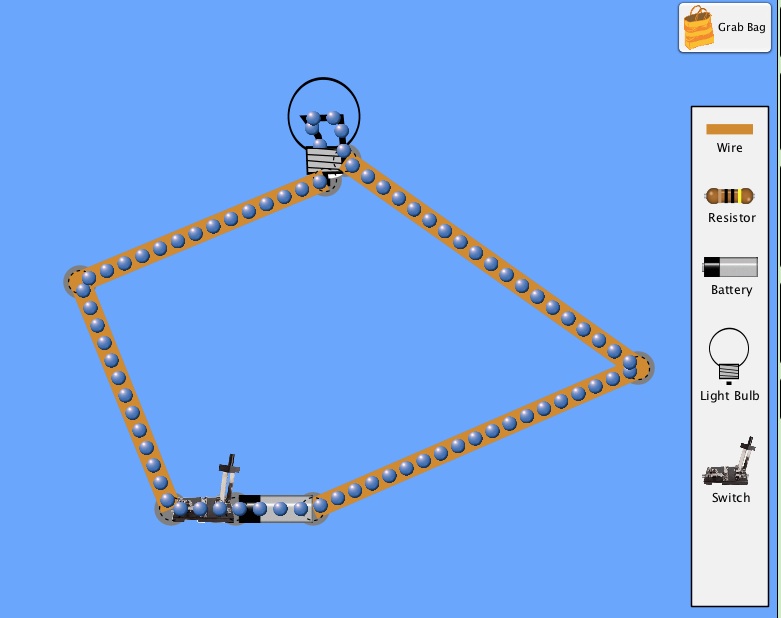
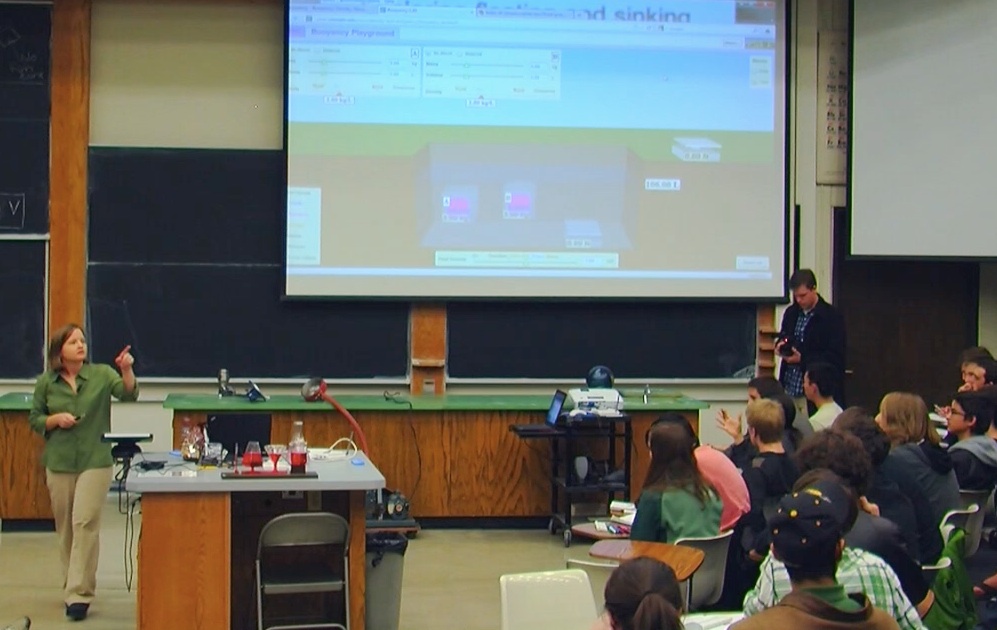
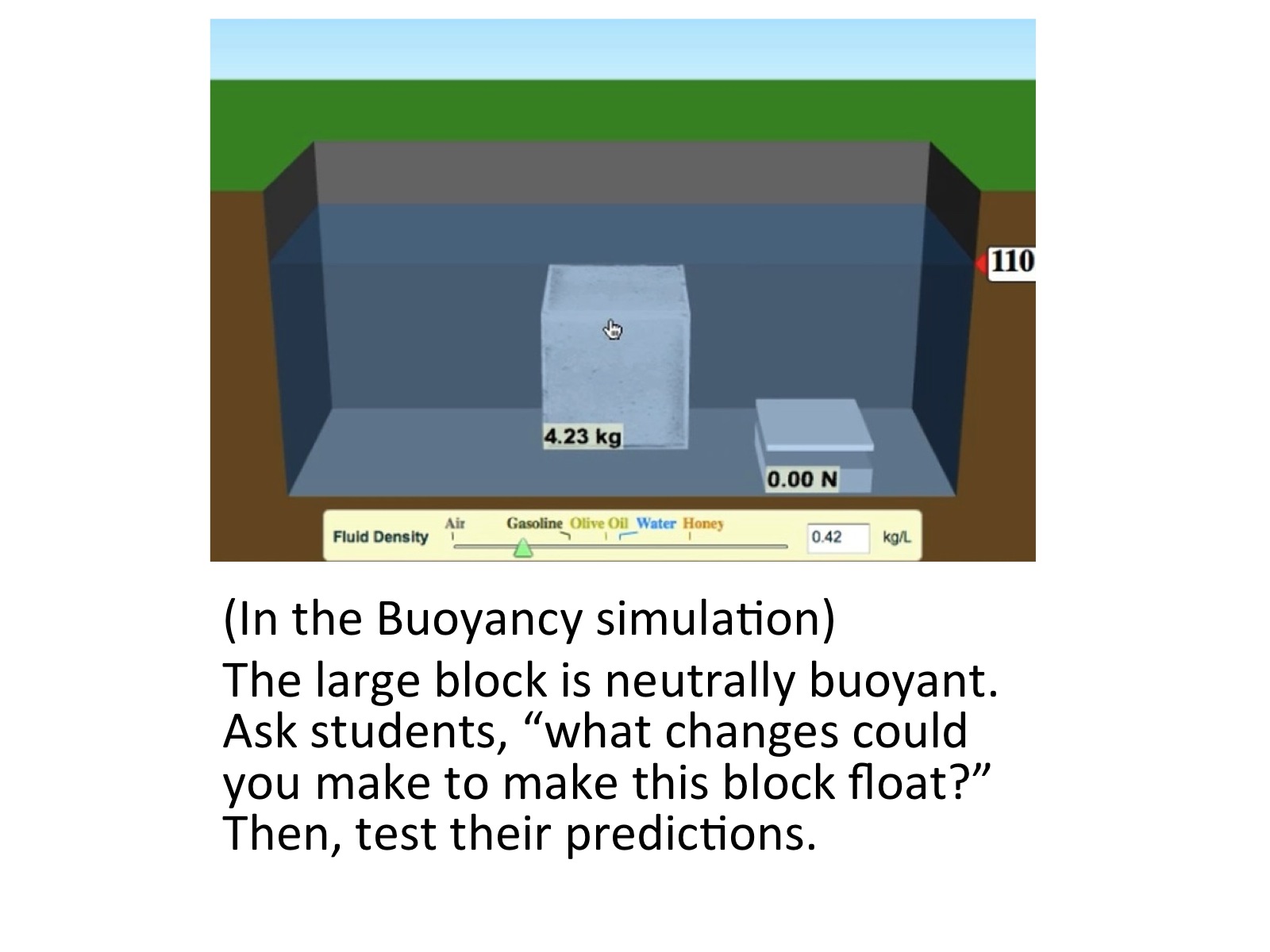
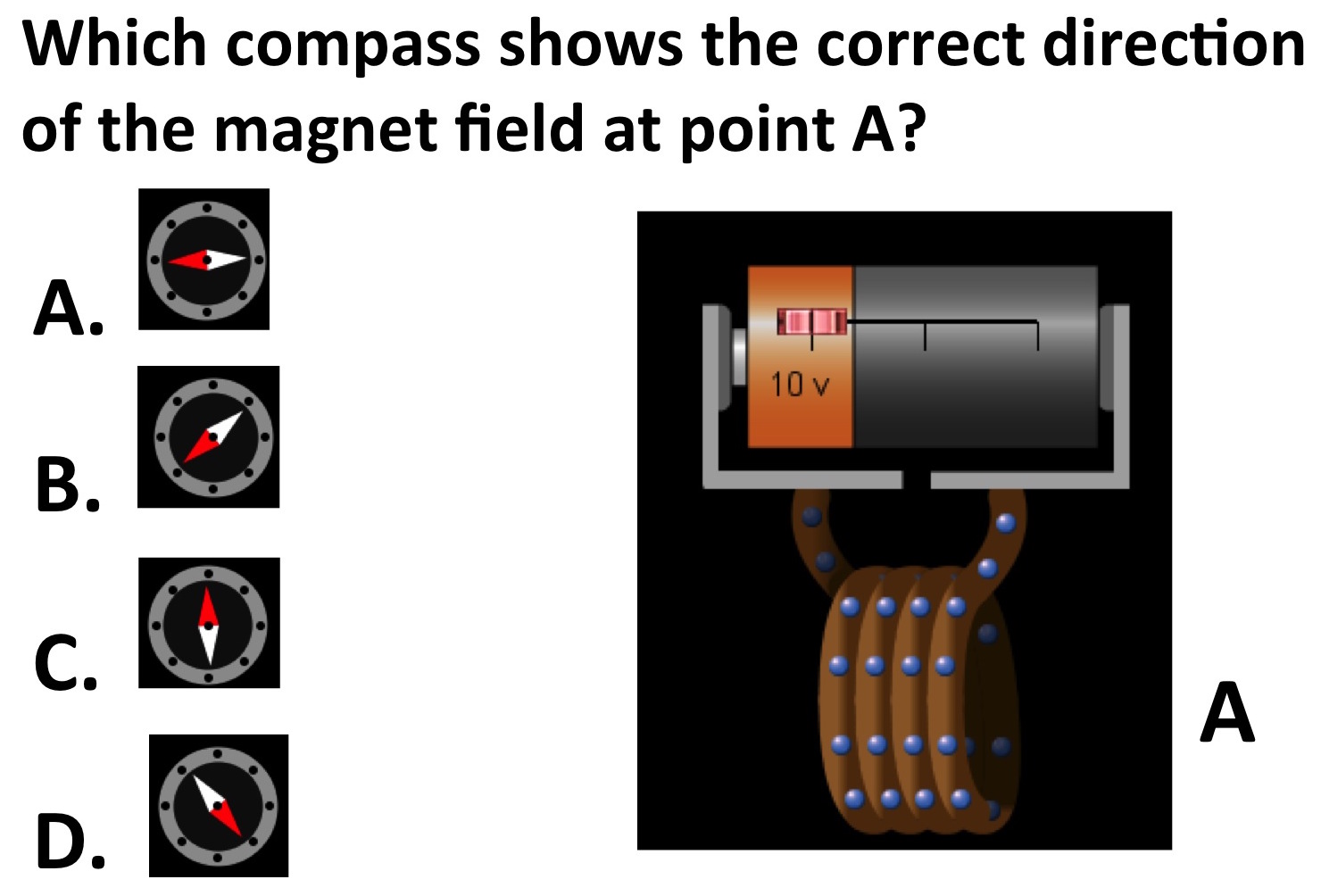
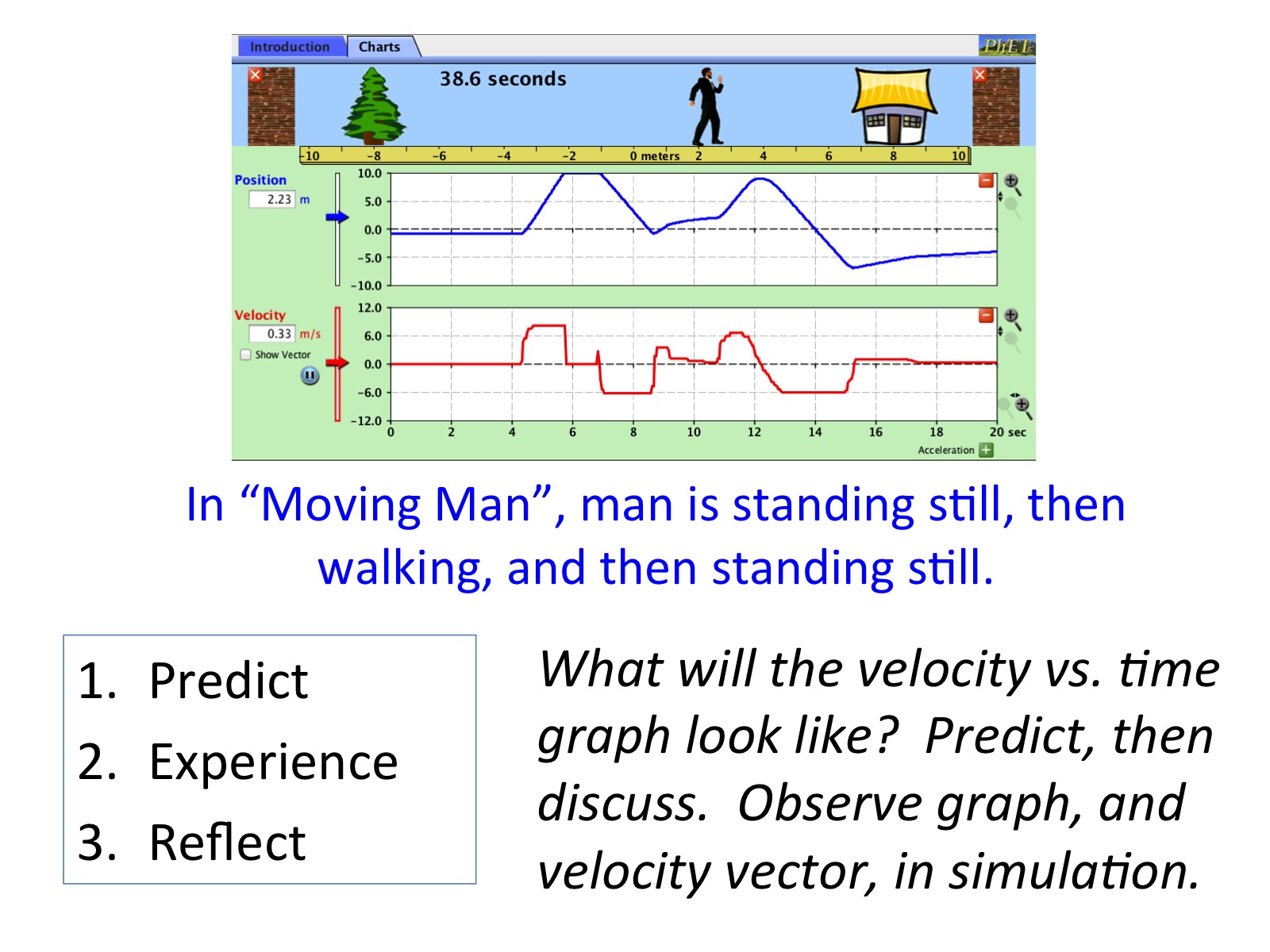
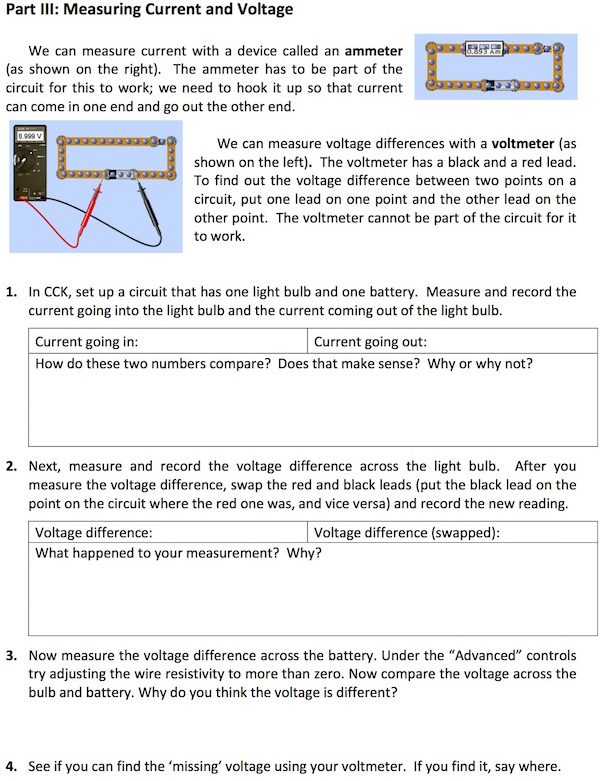
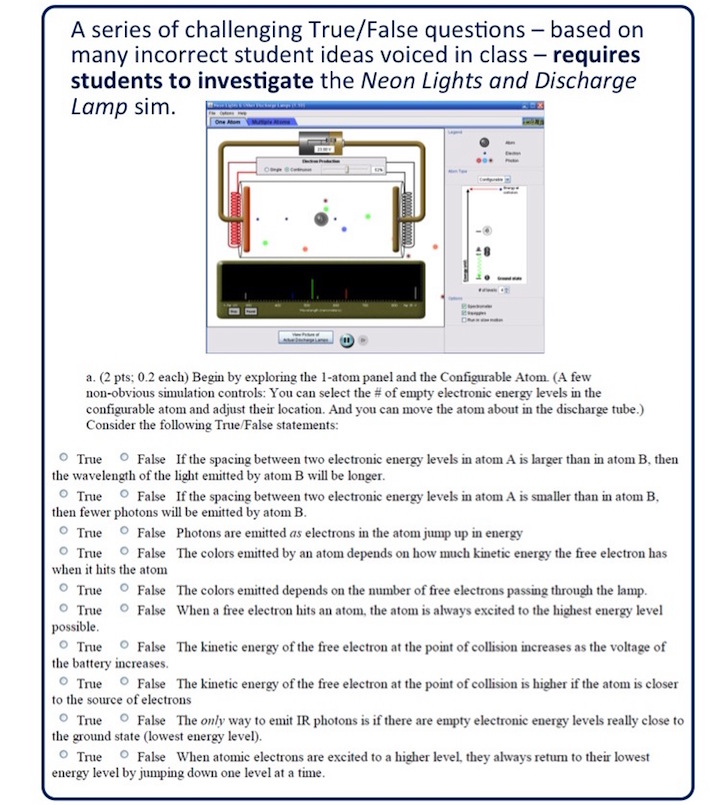
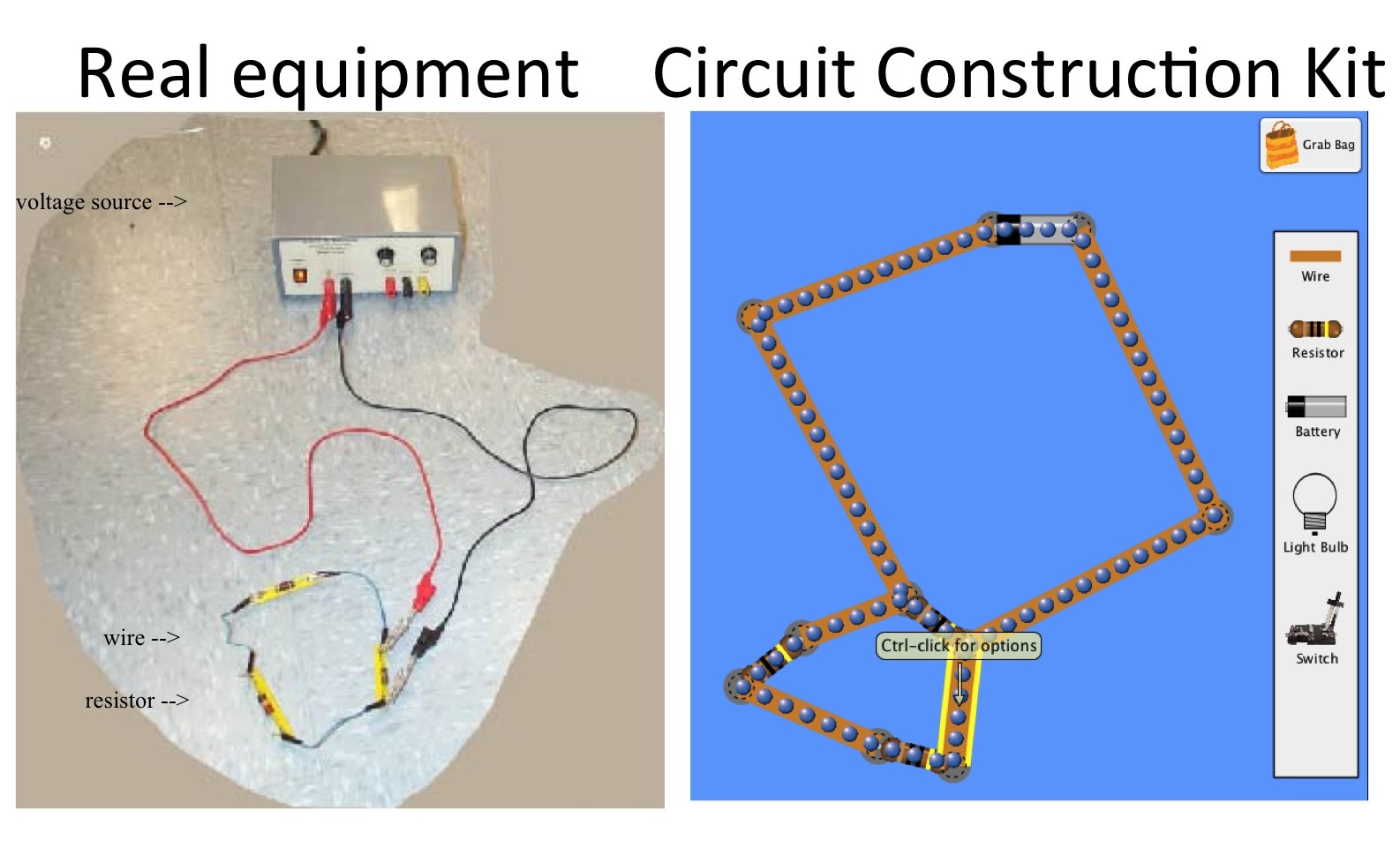
 Add a Comment
Add a Comment


